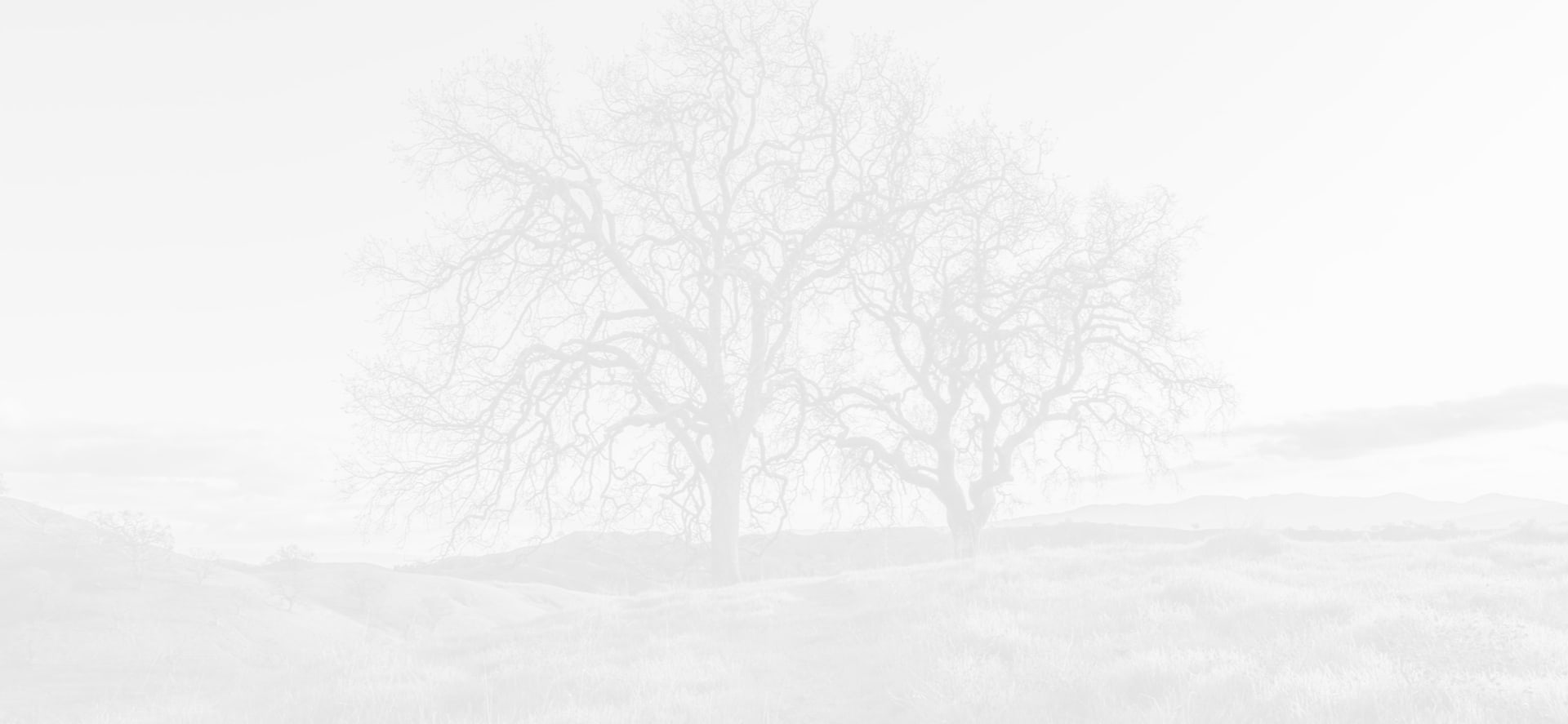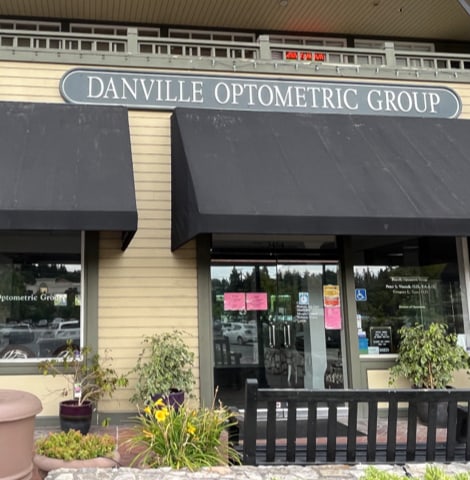Many people have experienced waking up with a scratchy, burning, dry sensation in their eyes. If you have woken up with any of these symptoms, you may have had dry eye. Dry eyes upon waking up can result from insufficient tears, poor-quality tears, tear evaporation, or eyes that remain partially open during sleep.
If you’re unsure what’s causing morning dry eyes, visit your optometrist for an eye exam to determine the underlying cause and personalized treatment for all-day comfortable vision.
What Is Dry Eye Disease?
Dry eye disease occurs when your eyes can’t produce enough tears or when the tears evaporate too quickly. Tears are more than just emotional expressions; they play a crucial role in maintaining the health of our eyes by keeping them moist, providing nutrients, and preventing infections.
Your tear film has 3 layers:
- Inner mucin layer: The inner mucin layer helps tears stick to the eye’s surface.
- Middle aqueous layer: The middle water layer maintains lubrication and protects the eye’s surface.
- Outer lipid layer: The outer oil layer prevents tear evaporation.
When there’s an imbalance in the tear film, you can experience discomfort, dry eyes, and difficulty wearing contact lenses. There are causes of dry eye that affect the quantity and quality of tears. Common symptoms of dry eye can include:
- Itchy or gritty sensation
- Stinging or burning sensation
- Redness
- Blurred vision
- Light sensitivity
- Excess tearing
- Stringy mucous
What Causes Morning Dry Eyes?
Many people may experience dry eyes in the morning, even if they have comfortable vision during the day. Several factors can cause morning dry eyes.
Insufficient Tears
When your eyes lack tears, they can feel dry. Causes of insufficient tears in the morning can result from:
- Age: With age, tear production decreases, leaving you more susceptible to dry eyes.
- Medical conditions: Certain conditions like arthritis, diabetes, and thyroid disorders can contribute to dry eyes.
- Sex: Hormonal changes in females, especially during pregnancy and menopause, can also contribute to dry eyes.
- Medications: Antidepressants, antihistamines, and decongestants can cause dry eyes.
Poor-Quality Tears
Poor-quality tears can lead to morning dry eyes. When the tear film lacks a component, the tears can’t spread evenly across the eye’s surface, provide a smooth eye surface, and lubricate the eyes sufficiently, leading to dry eye symptoms.
Tear Evaporation
Exposure to more air during sleep can affect tear evaporation. Environmental factors such as dry air, indoor heating, or air conditioning can reduce the moisture from your eyes faster at night.
Prolonged screen time before bed can also reduce blink rate and increase tear evaporation, potentially leading to morning dry eyes.
Partially-Opened Eyes
Nocturnal lagophthalmos is a condition where a person sleeps with their eyes partially open. It can affect tear film functioning, cause dry eye symptoms, and reduce sleep quality.
How to Diagnose Morning Dry Eyes?
Since morning dry eyes can result from several causes, an eye exam and evaluation of your tears performed by your eye doctor can determine the underlying cause. Without a proper diagnosis and treatment, dry eyes can lead to further discomfort, eye infections, or damage to the eye’s surface.
Treatment for Morning Dry Eyes
Fortunately, you don’t have to live with dry eyes. Depending on the severity of your dry eyes and the underlying cause, personalized treatment options can provide relief.
Artificial Tears
The classic go-to for dry eyes is artificial tears or lubricating eye drops that can temporarily relieve dry eye symptoms.
Prescription Eye Drops
Compared to artificial tears, prescription eye drops help treat chronic dry eye by helping the eyes increase natural tear production.
Heat Therapy
Heat therapy from a heating pad or mask can help melt blockages in the oil glands to restore tear film function. Make sure to check the temperature on your wrist before placing it on the sensitive skin around your eyes.
In-Office Treatments
In-office treatments may include:
- BlephEx and lid debridement to remove dirt and bacteria and improve eyelid hygiene.
- Meibomian gland expression and warming the glands to unclog blockages and improve oil flow from glands.
- Intense light therapy may be used to reduce inflammation linked to dry eye disease.
- Punctual plugs, tiny medical devices, may be inserted into the tear ducts to help keep tears in the eyes for longer by preventing them from draining and increasing moisture.
Treatment for Nocturnal Lagophthalmos
A few ways to treat nocturnal lagophthalmos may include:
- Ophthalmic ointment before going to sleep
- Taping the eyelids closed during sleep
- Using warm eye masks before bedtime
Nutrition

Omega-3 fatty acids from foods such as fish, walnuts, and flaxseed can improve ocular health and help with dry eyes.
Home Measures for Dry Eyes
Adding a humidifier to your home can help add moisture to the air, which can be especially helpful during the dry winter months when indoor heating is in use.
Relief for Morning Dry Eyes
There isn’t one cause of morning dry eyes and thus no one-size-fits-all solution. If you’re tired of waking up with dry eyes, book an appointment with Danville Optometric Group to determine the cause and receive a personalized treatment plan to achieve healthy eyes and vision.













